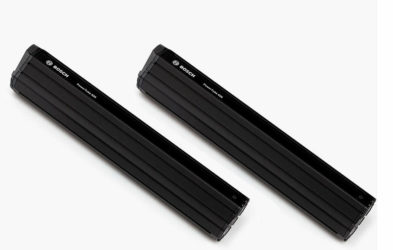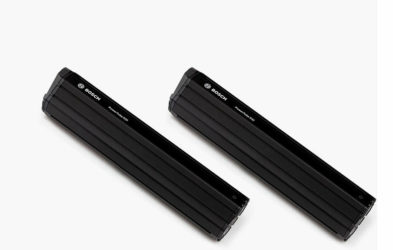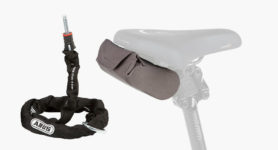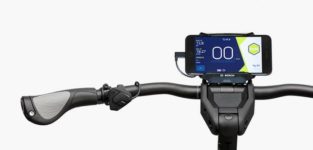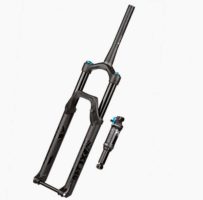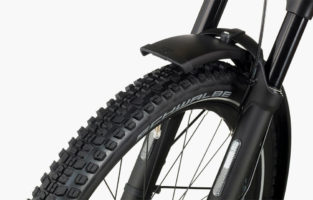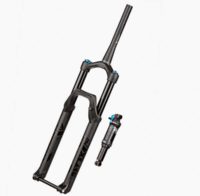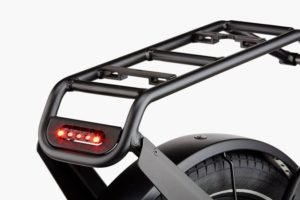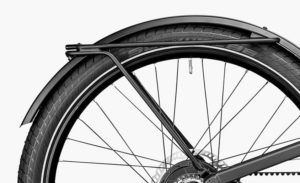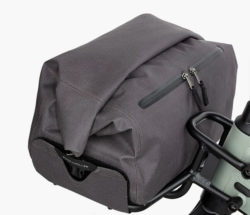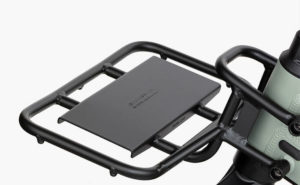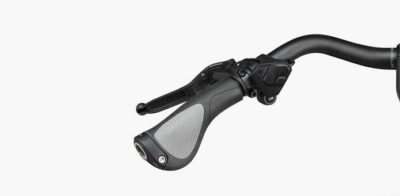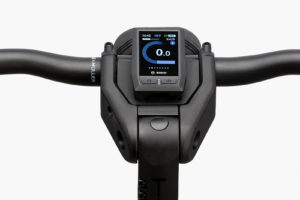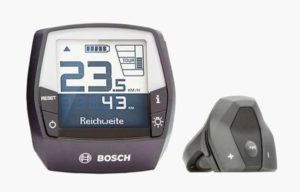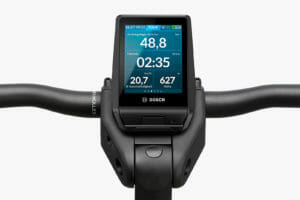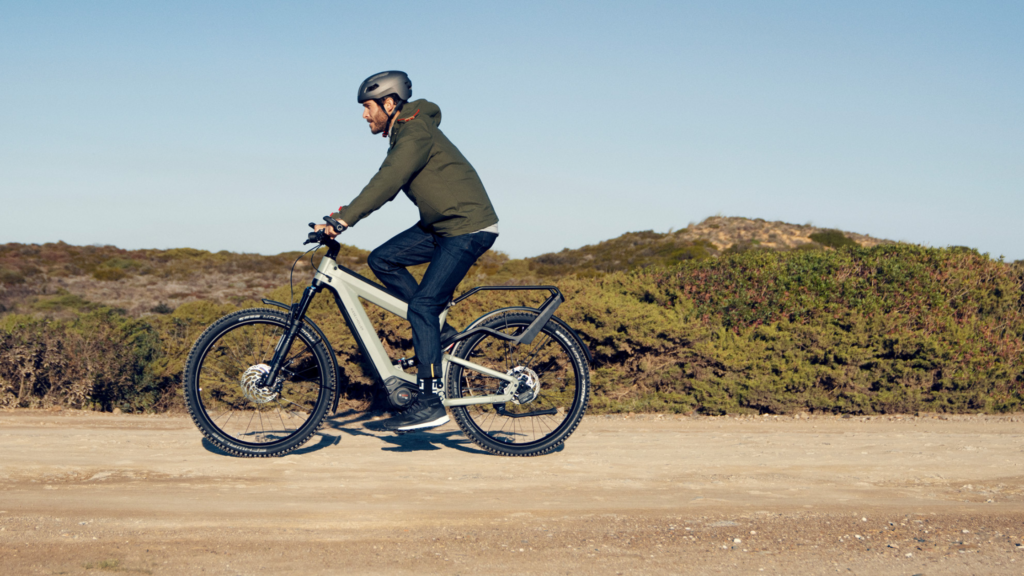
Electric bicycles, or ebikes, have gained popularity in recent years as a convenient and eco-friendly mode of transportation. Whether you are an avid cyclist or someone looking to switch to a more sustainable means of commuting, understanding ebike terminology is essential. In this article, we will break down the key terms that every ebike buyer should know.
Ebike Terminology Guide
Click the links below to jump to a section
What is battery capacity?
One of the most crucial aspects of an electric bicycle is its battery capacity. Battery capacity refers to the amount of energy that can be stored in an ebike’s battery pack. Typically measured in watt-hours (Wh), a higher battery capacity means more power and longer ride distances. A larger battery capacity allows for extended journeys without worrying about running out of energy. It is important to note that battery capacity can vary depending on factors like terrain, rider weight, and power assist levels.
When it comes to electric bicycles, the battery capacity plays a vital role in determining the overall performance and usability of the bike. A higher battery capacity allows riders to travel longer distances without the need for frequent recharging. Imagine embarking on a thrilling adventure through rugged terrains or exploring the scenic beauty of the countryside without worrying about running out of energy. A larger battery capacity ensures that you can enjoy these experiences to the fullest.
However, it’s important to understand that battery capacity is not the sole factor that determines the range of an electric bicycle. Various other factors come into play, such as the efficiency of the motor and the gearing, the weight of the rider, and the power assist levels chosen. For instance, riding on hilly terrains or with a higher power assist level will consume more energy, reducing the overall range of the bike.
Another aspect worth considering is the impact of rider weight on battery capacity. Heavier riders tend to consume more energy while riding, which can reduce the range of the bike. On the other hand, lighter riders may be able to cover longer distances with the same battery capacity. Therefore, it’s essential to factor in your weight and riding style when assessing the battery capacity you need.
Furthermore, the terrain you ride on can significantly affect the battery capacity and overall range of an electric bicycle. Riding on flat, smooth surfaces requires less energy compared to uphill climbs or off-road trails. If you frequently ride in challenging terrains, it’s recommended to opt for a higher battery capacity to ensure that you have enough power to conquer those steep hills or rough trails.
It’s worth noting that advancements in battery technology have led to significant improvements in battery capacity over the years. Manufacturers are constantly striving to develop batteries with higher energy densities, allowing for increased capacity without adding excessive weight. This means that modern electric bicycles can offer impressive range capabilities, making them suitable for various types of riders, from daily commuters to adventure enthusiasts.
In conclusion, battery capacity is a crucial factor to consider when choosing an electric bicycle. It determines the range of the bike, allowing riders to enjoy longer journeys without worrying about running out of energy. However, it’s important to consider other factors such as rider weight, terrain, and power assist levels to get a comprehensive understanding of the range you can expect from an ebike. With advancements in battery technology, electric bicycles continue to evolve, offering riders more freedom and flexibility in their riding experiences.
For more battery questions and answers, watch our video below, where Dan talks about Bosch batteries.
What is motor torque?
Motor torque is another critical term when discussing ebike functionality. Torque refers to the rotational force generated by the motor. In an electric bicycle, motor torque determines how efficiently the bike can climb steep hills or accelerate from a standstill. Higher motor torque provides greater power and uphill performance, ensuring smoother riding experiences even in challenging terrains. Understanding the motor torque of an ebike is essential for choosing a model that suits your needs and preferences.
When it comes to electric bicycles, torque plays a vital role in determining the overall performance and capabilities of the bike. The more torque a motor has, the easier it is for the bike to conquer steep hills and rough terrains. Imagine riding up a steep mountain trail with a low torque motor – you would struggle to maintain a decent speed and might even have to dismount and push the bike uphill. On the other hand, a high torque motor would effortlessly propel you up the same trail, allowing you to enjoy the ride without breaking a sweat.
Motor torque is measured in Newton meters (Nm) and is often listed in the specifications of an ebike. It is important to note that higher torque does not necessarily mean faster speeds. Torque primarily affects the bike’s ability to accelerate quickly and maintain a steady pace on inclines. If you live in an area with hilly terrain or frequently encounter steep climbs on your routes, a high torque motor is a must-have feature to ensure a smooth and enjoyable ride.
When choosing an ebike, it is crucial to consider your intended use and riding preferences. If you plan on using your electric bicycle for leisurely rides on flat surfaces, a lower torque motor may be sufficient. However, if you are an adventure seeker or a commuter who often tackles challenging terrains, investing in a bike with a higher torque motor will greatly enhance your riding experience.
It’s worth mentioning that motor torque is not the only factor to consider when evaluating the performance of an ebike. Other factors such as battery capacity, motor power, and bike weight also play significant roles in determining how well a bike performs in different situations. A well-balanced combination of these factors ensures optimal performance and efficiency.
Furthermore, it is important to note that motor torque alone does not dictate the overall quality of an ebike. The design and engineering of the bike, including the frame, suspension, and gearing system, also contribute to its performance. Therefore, it is essential to thoroughly research and test ride different models to find the perfect electric bicycle that meets your specific needs and preferences.
So, why doesn’t every bike have high torque?
Not every e-bike boasts 85Nm of torque for several reasons, both technical and user-driven. Here’s why some motors are less powerful:
- Purpose & Use: E-bikes are designed for various purposes, from urban commuting to mountain biking. An urban commuter doesn’t necessarily need the same torque as a mountain e-bike designed to tackle steep inclines.
- Cost: Higher torque motors are generally more expensive. Manufacturers aiming for a budget-friendly option might opt for a less powerful motor to keep the overall cost down.
- Battery Life: More powerful motors consume more energy. Lower torque can mean longer battery life, which can be a priority for some riders.
- Weight: Higher torque motors can be heavier. For those prioritizing a lightweight e-bike, a less powerful motor might be the better choice.
Efficiency & Range: Sometimes, a balance between torque and efficiency is sought to provide a longer range for the e-bike on a single charg
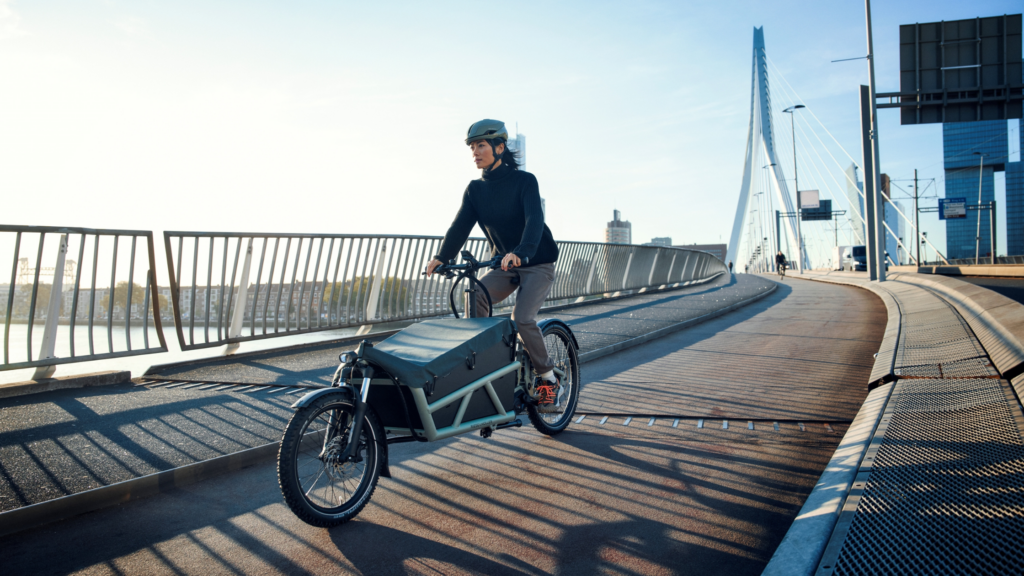
What is ebike motor power?
Ebike motor power is a significant factor in determining an electric bicycle’s performance capabilities. It represents the amount of power the motor can deliver. Measured in watts (W), higher motor power translates to faster acceleration and higher maximum speeds. However, it is crucial to consider your local regulations and choose an ebike model that adheres to legal power limits. Learning about motor power will help you choose an electric bicycle that aligns with both your riding style and legal requirements.
In the UK motor power on ebikes must be regulated to a nominal 250W. The power can peak higher than this for short periods of time but must return to 250W.
When it comes to ebike motor power, there are a few key aspects to consider. Firstly, it’s important to understand the different types of motors available. There are hub motors, which are located in the center of either the front or rear wheel, and there are mid-drive motors, which are positioned where the bikes bottom bracket would have been, between the pedal cranks. Each type has its advantages and disadvantages, and the motor power can vary depending on the design.
Hub motors are known for their simplicity and ease of installation. They provide direct power to the wheel, making them ideal for flat terrain and urban commuting. On the other hand, mid-drive motors offer a more balanced weight distribution, as they are located in the center of the bike. This can result in better handling and stability, especially when climbing hills or navigating rough terrain.
Now, let’s dive deeper into the concept of motor power. The power output of an ebike motor is measured in watts, which indicates the rate at which energy is transferred. In general, higher-wattage motors provide more power and better performance. However, it’s essential to strike a balance between power and efficiency, as a higher wattage motor may drain the battery faster.
It’s important to note that different countries and regions have specific regulations regarding ebike motor power. These regulations often dictate the maximum wattage allowed for an electric bicycle to be considered street legal. It’s crucial to familiarize yourself with these regulations and ensure that the ebike you choose complies with the local laws.
Furthermore, the power output of an ebike motor can also affect its range. A higher wattage motor may consume more energy, resulting in a shorter battery life. Therefore, it’s essential to consider your desired range and battery capacity when selecting an ebike with a specific motor power.
Lastly, it’s worth mentioning that motor power alone does not determine the overall performance of an electric bicycle. Factors such as weight distribution, bike design, and rider input also play significant roles. A well-designed ebike with an efficient motor can provide an excellent riding experience, regardless of the specific power output.
In conclusion, ebike motor power is a crucial consideration when choosing an electric bicycle. It determines the bike’s performance capabilities, including acceleration and top speed. Understanding the different types of motors, considering your intended use and local regulations, and evaluating the impact of motor power on range are all essential factors to consider. By taking these aspects into account, you can select an ebike that aligns with your riding style, legal requirements, and overall preferences.
What Is the Meaning of "Pedal-Assist"?
Pedal-assist is a common feature found in most modern ebikes. Also known as pedal-assist or pedal-assist mode, it refers to the system where the motor provides an extra boost to the rider’s pedaling efforts. As the rider pedals, the motor senses the force being applied and provides proportional assistance. Pedal-assist allows riders to expend less energy while maintaining control and preserving the feel of traditional cycling. Understanding pedal-assist functionality will help you maximize the benefits of an ebike and optimize your riding experience.
What Is "Range" in Ebike Terms?
In the context of electric bicycles, the term “range” refers to the distance an ebike can travel on a single battery charge. Range can vary significantly depending on factors such as battery capacity, motor power, terrain, and rider input. It is important to note that manufacturers often provide estimated ranges, which may not necessarily reflect real-world conditions. Understanding the range of an ebike is essential for planning your rides and ensuring you have enough charge to reach your destination and return.
Systems like Bosch will take into account your most recent riding characteristics and estimate your range going forward based on thisfor a far more realistic/real-world estimate of your the range you will achieve from your remaining battery charge.
As you delve into the world of electric bicycles, familiarizing yourself with these key terms will empower you to make informed decisions when choosing an ebike. Whether it’s understanding battery capacity, motor torque, or the different classes of ebikes, each term plays a vital role in shaping your riding experience. By grasping the ebike terminology, you can select a model that suits your needs, enhances your cycling adventures, and contributes to a greener tomorrow.
We hope this has helped to answer some of your initial questions. We answer many more questions in our free Buyer’s Guide which you can download here >>
Or simply give us a call on 01453 834300 and we’d be pleased to help.
If you want to experience these an ebike first hand, come and see us at our showrooms in Nailsworth or Bristol and we’ll get you out on a bike to experience the joys of electric bikes for yourself. Just give us a call to book an appointment.

